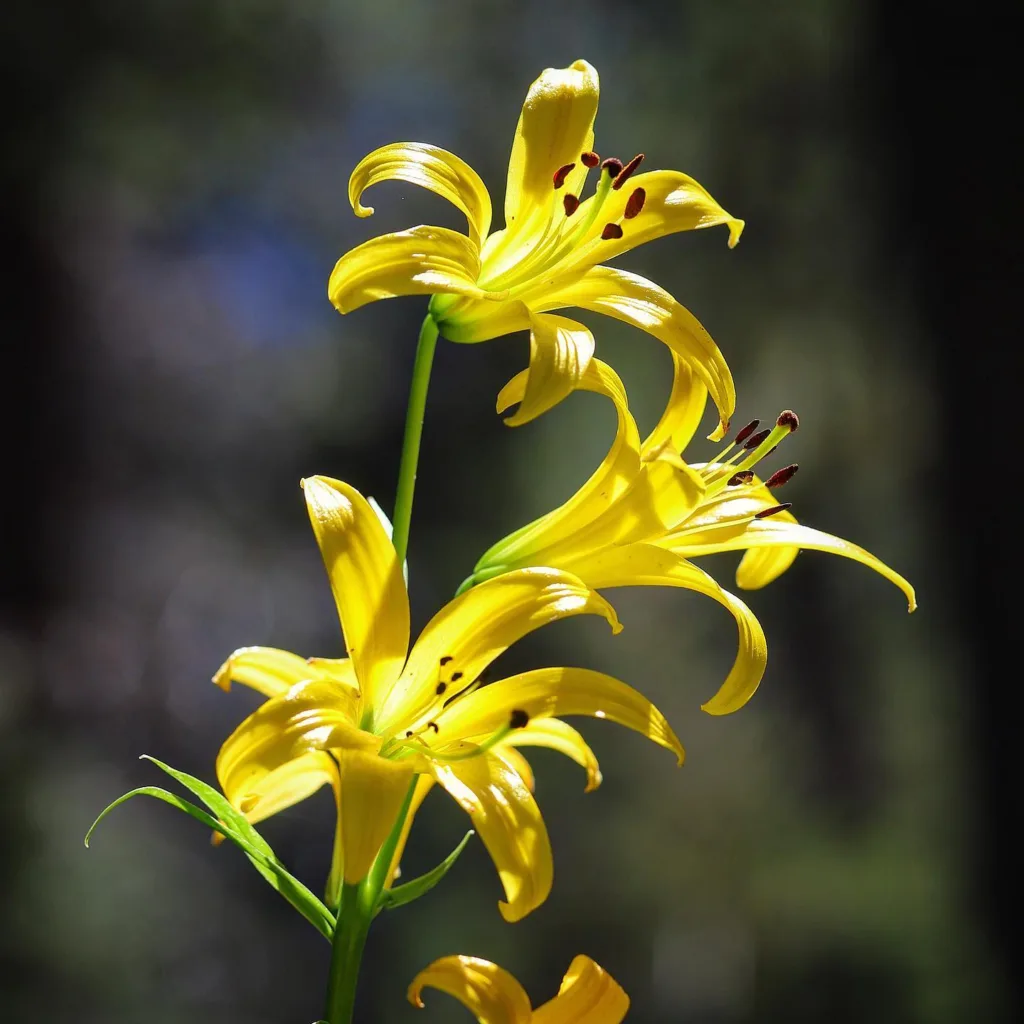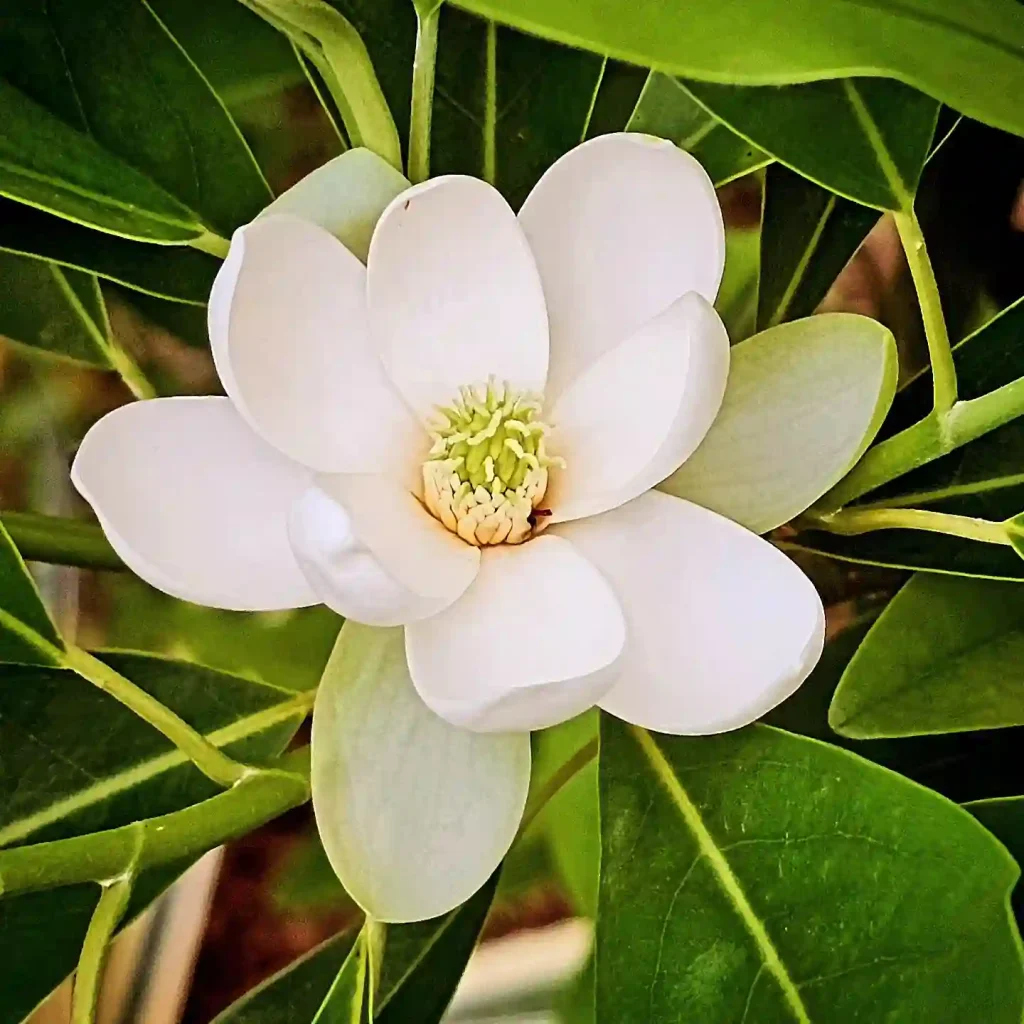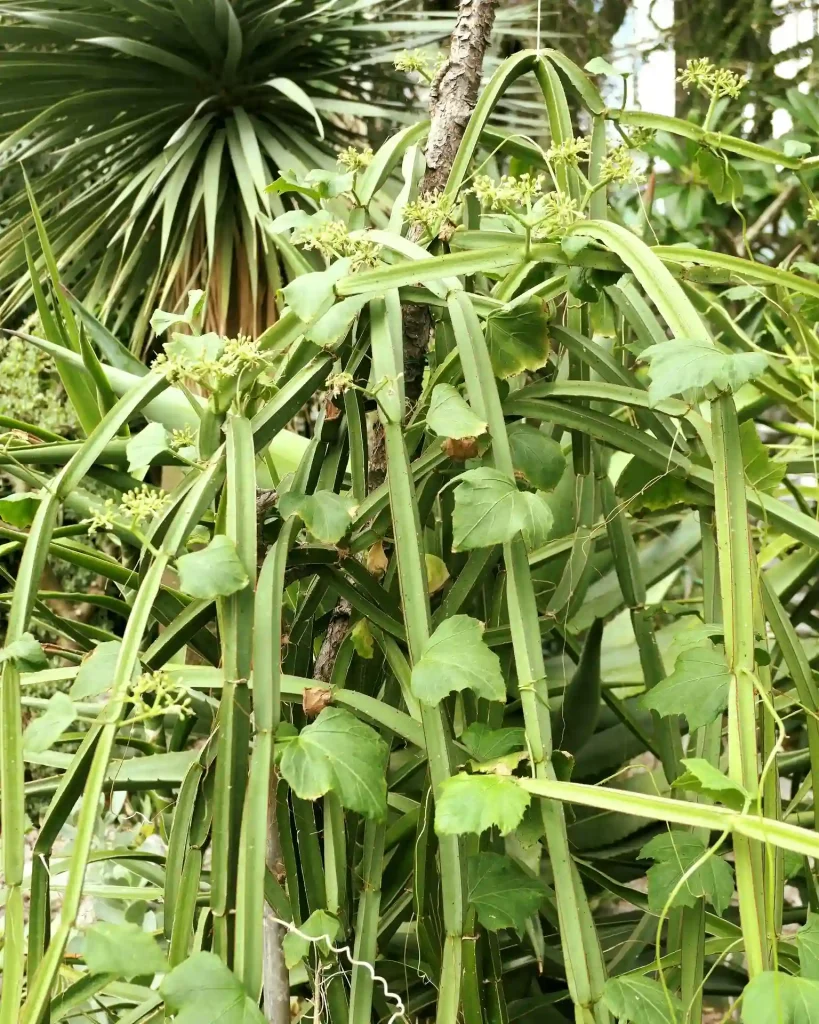What is Pycnanthemum Incanum?
Pycnanthemum Incanum, commonly known as Hoary Mountain Mint, is a native perennial plant that belongs to the mint family (Lamiaceae). It thrives in the eastern and central regions of North America. What makes Pycnanthemum Incanum stand out is its silver-hued foliage and clusters of white flowers that bloom from mid-summer to early fall. The leaves and flowers release a strong minty fragrance when crushed, attracting a variety of pollinators, such as bees and butterflies. This hardy plant is often found in woodland edges, meadows, and dry open areas.
19 Species in Genus Pycnanthemum
How to Care for Pycnanthemum Incanum?
Caring for Pycnanthemum Incanum is fairly simple, as it’s a low-maintenance plant that adapts well to various conditions. Here are some key aspects to consider:
- Light: It prefers full sun to partial shade. The more sun it receives, the better it will flower.
- Soil: It tolerates a variety of soils but thrives in well-drained soil with a slightly alkaline pH.
- Watering: Although drought-tolerant once established, it benefits from regular watering during prolonged dry spells.
- Fertilizing: Generally, this plant doesn’t require much feeding. If you feel the need to boost its growth, a light application of compost in the spring will suffice.
- Pruning: After the blooming season, you can cut back the stems to encourage new growth for the following year.
How to Propagate Pycnanthemum Incanum?
Propagating Pycnanthemum Incanum can be done through two methods: seeds or division.
- Seeds: Collect seeds from the spent flowers in late summer or early fall. Once you have the seeds, plant them directly into the soil or start them indoors. They may take several weeks to germinate.
- Division: The easiest and quickest way to propagate is through division. In early spring or fall, dig up a mature plant, carefully separate the roots, and replant them in your desired location.
What to Plant with Pycnanthemum Incanum?
Pycnanthemum Incanum pairs beautifully with other native perennials. Some great companions include:
- Echinacea (Coneflower): Both plants attract pollinators and add vibrant color to the garden.
- Rudbeckia (Black-eyed Susan): The yellow of Rudbeckia contrasts nicely with the white flowers of Pycnanthemum Incanum.
- Solidago (Goldenrod): Another native plant that thrives in similar conditions and complements Pycnanthemum Incanum well.
These combinations create a visually appealing, pollinator-friendly garden while promoting biodiversity.
Is Pycnanthemum Incanum Toxic?
One of the frequently asked questions about Pycnanthemum Incanum is whether it is toxic. The answer is no—it is not toxic to humans or pets. In fact, its leaves have been traditionally used in herbal teas and remedies. However, if you’re unsure about using it for medicinal purposes, I recommend consulting with a healthcare professional before trying anything new.
What are the Benefits of Pycnanthemum Incanum?
Pycnanthemum Incanum offers numerous benefits:
- Pollinator Magnet: Its fragrant flowers attract bees, butterflies, and other beneficial insects, making it a great choice for pollinator gardens.
- Drought Resistance: Once established, it requires little water and is perfect for xeriscaping or low-water gardens.
- Wildlife Support: In addition to attracting pollinators, it also provides food and habitat for other wildlife, such as birds.
- Medicinal Uses: Historically, Pycnanthemum Incanum has been used for its potential anti-inflammatory and antimicrobial properties. Herbalists have used it to treat colds and digestive issues.
Common Problems with Pycnanthemum Incanum
Although relatively problem-free, there are a few issues you might encounter with Pycnanthemum Incanum:
- Powdery Mildew: This fungal disease can occur in humid conditions, but proper spacing and good air circulation help prevent it.
- Root Rot: Overwatering or poorly drained soil can lead to root rot. Make sure the plant is in well-drained soil to avoid this.
- Spreading: Like many mints, Pycnanthemum Incanum can spread aggressively if not managed. Contain it by planting in a bordered area or using a root barrier.
Compare Pycnanthemum Incanum with Pycnanthemum Tenuifolium
Pycnanthemum Incanum is often confused with its close relative, Pycnanthemum Tenuifolium (Slender Mountain Mint). While both are aromatic perennials with similar growing habits, there are a few key differences:
- Foliage: Pycnanthemum Incanum has broader, silvery-green leaves with a more hoary texture, while Pycnanthemum Tenuifolium features narrower, finer leaves.
- Habitat: Pycnanthemum Incanum prefers drier, well-drained soils, whereas Pycnanthemum Tenuifolium is more adaptable to moist conditions.
- Flowering: Both plants produce clusters of small white flowers, but Pycnanthemum Tenuifolium tends to bloom slightly earlier.
How to Control the Spread of Pycnanthemum Incanum?
Because Pycnanthemum Incanum belongs to the mint family, it can spread rapidly. To prevent it from overtaking your garden, you can take a few precautions:
- Root Barrier: Install a root barrier around the plant to keep its roots from spreading into unwanted areas.
- Container Planting: Another option is to plant it in a large container to contain its growth.
- Regular Division: Dig up and divide the plant every couple of years to keep it from growing too aggressively.
Is Pycnanthemum Incanum Deer-Resistant?
Yes, Pycnanthemum Incanum is highly deer-resistant. Its strong minty scent tends to repel deer, making it an excellent choice for gardens prone to deer browsing.
Conclusion
Pycnanthemum Incanum is a hardy, low-maintenance perennial with numerous benefits for both your garden and local wildlife. From its beautiful white flowers to its fragrant foliage, it’s a wonderful addition to any native or pollinator garden. While it may spread if left unchecked, simple measures like root barriers and regular division can help keep it under control. If you’re looking for a resilient, drought-tolerant plant that supports pollinators and requires minimal care, Pycnanthemum Incanum is a fantastic choice!
If i die, water my plants!



